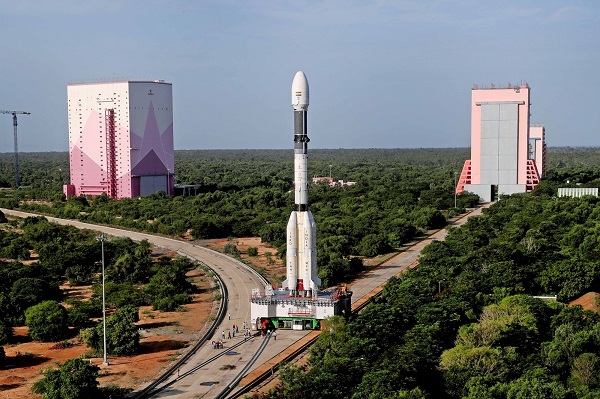
Sriharikota (Andhra Pradesh) (Samajweekly) Indias first Geo-Imaging Satellite-1 (GISAT-1) renamed as Earth Observation Satellite-03 (EOS-03) seems to have been jinxed from the start.
The Geosynchronous Satellite Launch Vehicle-F10 (GSLV-F10) rocket that flew on Thursday morning from here carrying the GISAT-1 failed on its mission.
Originally the GISAT-1/EOS-03 was slated for launch on March 5, 2020, but hours before the launch, the Indian Space Research Organisation (ISRO) announced postponement of the mission owing to some technical glitch.
Soon after, the Covid-19 pandemic and the lockdown delayed the mission. The rocket had to be dismantled and cleaned up.
The satellite in also underwent a name change from GISAT-1 to EOS-03.
Subsequently, the GISAT-1/EOS-03 launch was slated for March 2021 but due to problems in the satellite’s battery side, the flight got delayed again.
With the replacement of the battery, the satellite and the rocket were being readied for their flight at Sriharikota when the second wave of Covid-19 swept in, affecting many at the rocket launch centre.
The Indian space agency had earlier said the 2,268 kg GISAT-1/EOS-03 would provide a real time image of a large area of region of interest at frequent intervals.
It will also enable quick monitoring of natural disasters, episodic events, and any short-term events.
The satellite had a payload imaging sensors of six band multi-spectral visible and near infra-red with 42 metres resolution, 158 bands hyper-spectral visible and near infra-red with 318 metres resolution, and 256 bands hyper-spectral short wave infra-red with 191 metres resolution.
A four-metre diameter Ogive shaped payload fairing (heat shield) made with composite will be used in the rocket for the first time, ISRO said.









